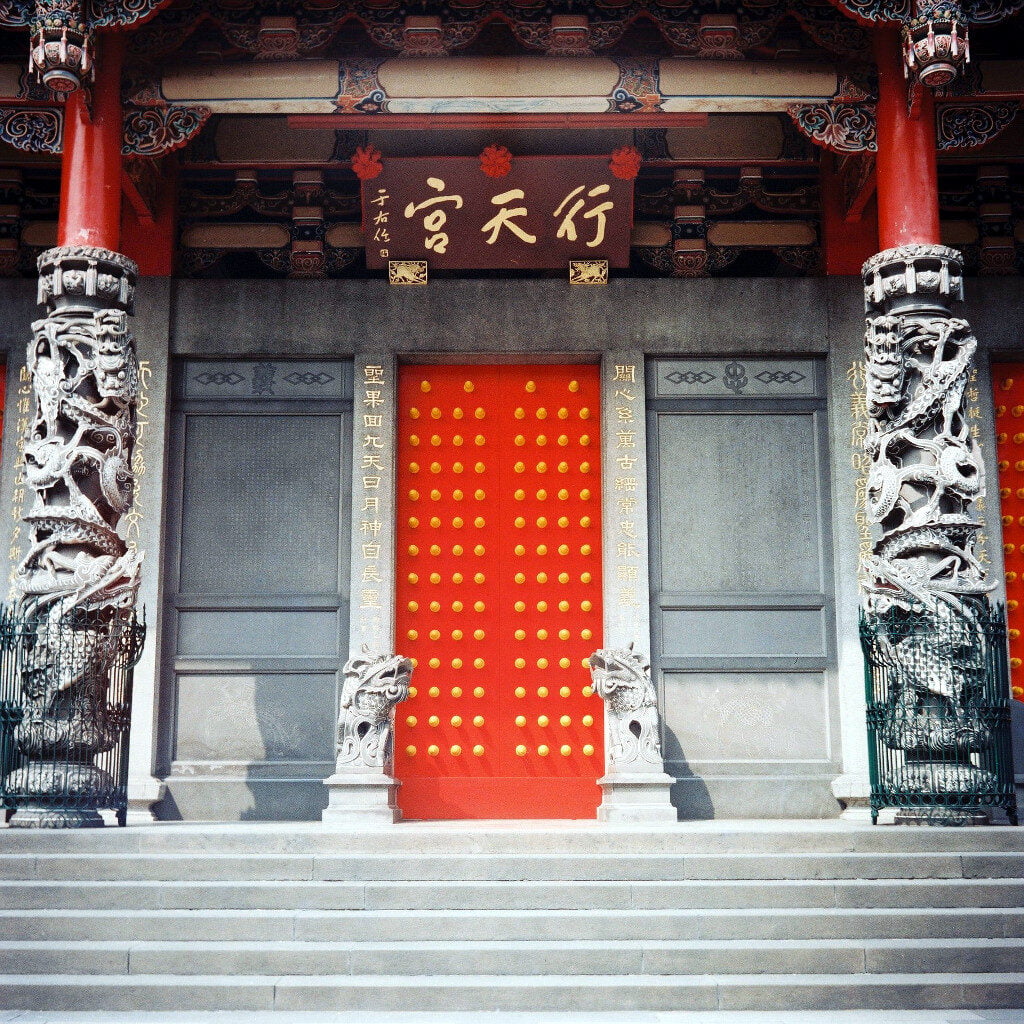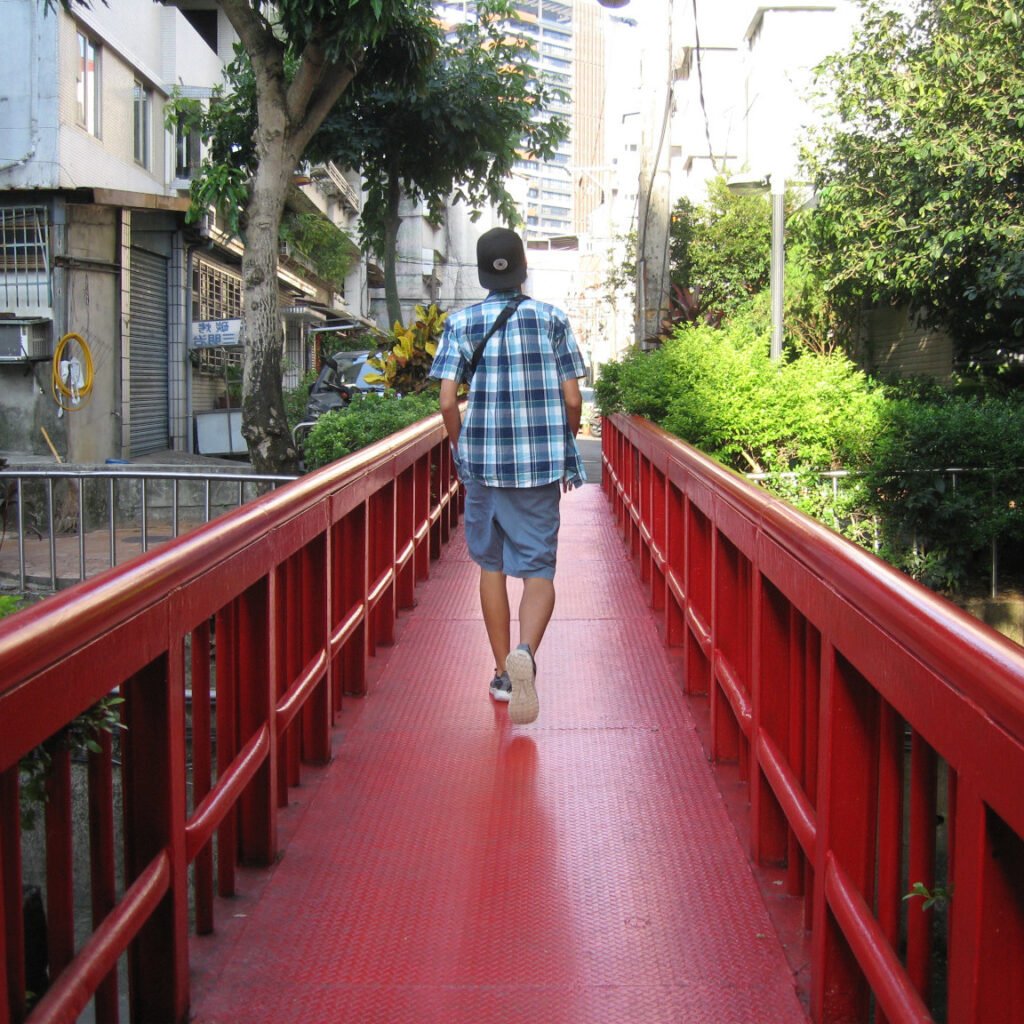A few weeks ago I suffered from a severe case of gear acquisition syndrome, which resulted in the purchase of a Minolta α-7. In Europe also known as Dynax 7 and Maxxum 7 in North-America.

In this article I just wanted to share some thoughts about the camera and my first experience. The example photos were taken on Agfa Vista plus 200. And the lens was the Sigma 24-70 mm, f/2.8 zoom lens. A few years ago I tried to sell it without any success. Now I am very happy that nobody was interested in it, so I can use it now with the α-7. Camera and lens fit quite well together.
However, this is not a review. If you are interested in detailed reviews or a list of full specs, please check these links:
Back in the days when the Nokia 3310 was the best selling mobile phone, people were struggling with Windows ME, and digital photography was just starting, the Minolta α-7 was the camera of my dreams. However, at this time it was far beyond my budget. Also in this time digital photography was on the rise and the future of film photography was uncertain. Therefore I decided to abandon this dream, because making such a big investment into a piece of technology with uncertain future, was no option for me. A few years ago I went back to film photography. And now it is the time to get everything that was too expensive in the past.

Skyline of Taipei City
Firstly, I was astonished how cheap this camera is now. Originally the price was around 850 US$ (this was the number I could find online). In today’s money it would be 1200 US$ or roughly 1200 Euro. In 2017 the prices ranged from 50 Euro to 200 Euro on ebay, depending on condition and accessories. I bought mine from Japan, as usual, and paid about 150 Euro. It is in quite good condition, doesn’t have a sticky back (seems to be a problem with this camera) and still had the original body cap, which, to my surprise, was missing on most of the cameras offered.

The camera offers a maximum shutter speed of 1/8000 seconds. Taking photos with wide open aperture against the bright sky is not a problem.
I think this camera is so cheap, because Minolta is not very popular and it is a modern auto-focus camera. It doesn’t have the nice look of a ‘traditional’ film camera. Indeed, the α-7 doesn’t look old. With the large LCD screen on the back it can be easily mistaken for an older DSLR.

LCD screen on the back. The screen shows for example details about the camera settings.

The screen is backlit and can change orientation to portrait when the camera is held vertically.
When the camera arrived I was surprised, that it was smaller and lighter than expected. Holding the camera feels very comfortable and the arrangement of the buttons is really good. All buttons are where my fingers are. So holding and operating the camera feels perfect. Like it was made for my hands.

Playing with colors – yellow vs. green
Another thing that is really impressive to me, is the big LCD screen and the amount of functions this camera offers. I haven’t studied every function yet. To get the full potential out of the camera, it is really necessary to study the manual. Something I usually don’t do. A few things I already figured out, for example the camera stores the settings for each frame, basically some early form of Exif data.

The camera saves the settings for each photo: shutter speed, aperture and exposure compensation.
There is also a depth of field preview on the screen, which shows the distances between the photographer, subject and background. I wonder if this function is available in modern DSLRs?

Depth of field preview. Everything roughly 30 cm in front and behind the subject is in focus.
Another neat feature is that for each field of the honeycomb exposure meter, the EV values can be shown. With this function it can be seen, which areas of the image are well exposed and which ones are over or underexposed.

Fields without numbers are correct exposed, black fields indicate under-exposure by -1EV and white fields show over-exposure of +1.3EV.

(The photo is not related to the exposure values shown in the previous image.)
Conclusions
So far I haven’t used the camera much. During the last month the weather was really bad or I had no time to go out to take photos. The camera is pretty good, fun to use, and it offers all functions which can be found in modern cameras. But on the other hand I feel that it is a bit too much for me. Most of the functions I will probably never use. I also miss the manual actions from older cameras, like manual focus, manual winding and these things.

Eslite Spectrum book store in Taipei
Last thing I want to mention
There is something funny about the name α-7. The Minolta α-7 was the 5th generation of SLR cameras and within this, it was the latest (released in 2000) and most advanced film camera from Minolta. In 2004 the companies Minolta and Konica merged to Konica Minolta. And later in 2006 Konica Minolta transferred the digital and film camera business to Sony. Sony kept the name system of Minolta, and interestingly, the most advanced full frame cameras from Sony are the α7 series. Well, no idea if there is really something behind it, or it’s just a coincidence. I was not able to find anything explaining why Sony calls the α7 this way.
Update December 2018
I used this camera now for more than a year. Unfortunately a few days ago the camera broke. The small plastic hook which closes the camera back broke and now the camera back cannot be closed anymore. It happened when I was taking photos. Luckily it ended not so bad and you can read about it here. However, the piece that broke cannot be simply replaced, because it was one part of the entire camera back. To fix this, I probably need to replace the entire camera back. And this seems to me not so easy because of the all the electronics and involved here. The easiest and cheapest would be to get a new Minolta Dynax 7.
I think that aging plastic is a problem we will see in many older cameras. As far as I know, this camera has some problems with the plastic used. On some models the plastic gets sticky and on some it gets brittle.
and a few more photos

Lin An Tai Ancestral House (林安泰古厝) in Taipei City

The Lin An Tai house is a very popular place for cosplay and wedding photography.

This is probably a shrine for Tudigong (土地公) the Lord of the Soil and Ground.



